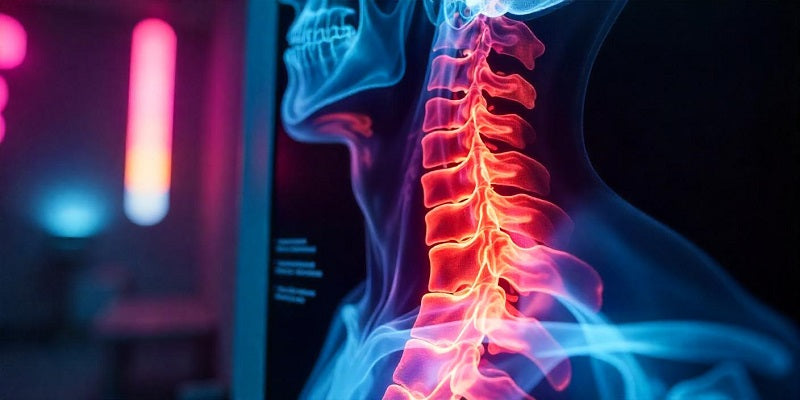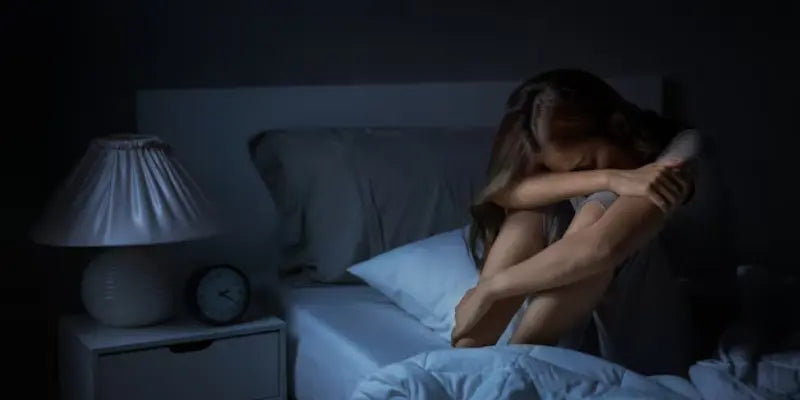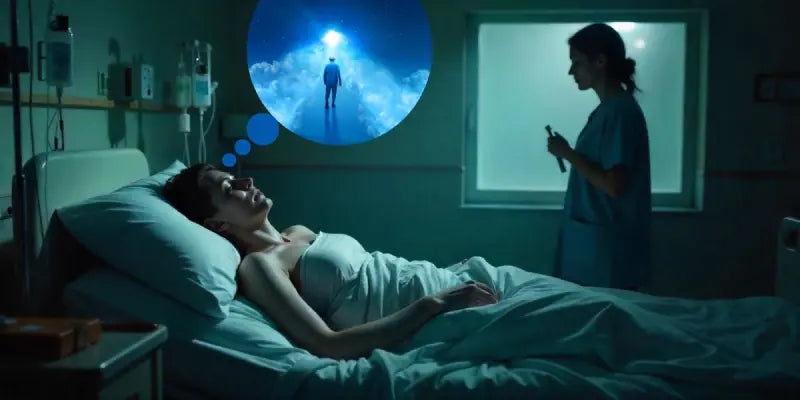
Tips for Sleeping Better with Ankylosing Spondylitis
People who experience ankylosing spondylitis understand how difficult it is to fall asleep at night. Your body needs sleep in order to function at its best. The next day could bring on serious discomfort if pain or stiffness prevents you from sleeping.
Poor sleep has been related to cardiovascular diseases, diabetes, depression, and anxiety, all of which can worsen back pain. In this article, we'll learn how basic methods can make a major difference. Here are doctor-approved ideas for improving your sleep habit and bedroom setting so you get the rest you require.
What Is Ankylosing Spondylitis?
One type of arthritis that causes inflammation in the spine's joints is called ankylosing spondylitis, or AS. Its main symptoms are frequently progressive back stiffness and ongoing back pain. There are many who feel pain while they sleep, as the discomfort usually gets worse when they are sleeping or not moving.
Ankylosing Spondylitis Symptoms
The most common symptoms of AS are back pain and stiffness in the lower back and hips, especially in the morning or after doing something physical. Other symptoms of AS include:
- Neck pain or stiffness.
- Shoulder ache.
- Pain and stiffness in the ribcage
- Pain in your hips or legs
- Foot, heel, or hand pain.
- Pain that worsens in the morning or after sitting for an extended period of time
- A stiff spine curves forward.
- Tiredness
- Swelling in your joints
- Possible symptoms include skin rash and eyesight issues.
- Shortness of breath.
Causes of Ankylosing Spondylitis
Ankylosing Spondylitis is an immunological disorder. Those who experience AS, their body fights its own immune system for unknown reasons. Researchers believe that AS is inherited, albeit they are unsure of the exact cause. The majority of people who suffer from AS carry the HLA-B27 gene. Physicians believe that AS might be caused by a mutation, or alteration, in this gene.
Tips to Get Better Sleep
Sleep on Your Back
Doctors advise people suffering from ankylosing spondylitis to sleep on their back. It helps to maintain the natural curvature of the spine and relieves pain. It's also important to maintain your legs straight rather than bowed. Flexing the hip slightly with a pillow under the thigh might also assist keep the spine in a more neutral position. If you sleep on your side, placing a spondylitis pillow between knees can help relieve stress in your hips and lower back.
Use a Firm Mattress
Mattresses have a big effect on the quality of sleep you get each night. A firm mattress can be helpful for ankylosing spondylitis, as it can relieve back pain. A bed should give adequate support for a person's sleeping posture while also maintaining the spine's natural alignment, hence reducing back pain.
You should be very careful when selecting the firmness of the mattress; sleeping on an exceptionally firm mattress can worsen the discomfort since it does not fit to a person's body and interferes with spinal natural alignment.
Use a Memory Foam Pillow
It is important to select a pillow that does not position your neck and head in an uncomfortable, slumped posture. A memory foam pillow can adapt to your head and neck shape and change accordingly, helping in the maintenance of the natural curve of the head and spine.
Exercise Regularly
Exercise is one of the most effective treatments for ankylosing spondylitis. It can assist to reduce inflammation, which causes back pain. You'll also fall asleep faster if you have a decent workout that day. You can include 20 minutes of daily walking, riding, or a low-impact gym class. A quick stroll will get your blood flowing and stimulate your muscles and joints. It'll also prepare your body for sleep.
Take a Warm Bath
Warm water has the ability to reduce discomfort and release joints, which can improve your quality of sleep at night. Warm water soothes sore joints. A 20-minute bath before bedtime can help relieve pain.
Maintain a Good Sleep Environment
An optimal sleep environment can help you sleep better and faster. Try to keep your room dark, quiet, and cool. Set the thermostat to 60-67°F (15-19°C), as sleeping in a chilly setting is more comfortable than sleeping in a warm one. Also, avoid using electronic gadgets at least 1-2 hours before bedtime.
Develop Healthy Eating Habits
Doctors advise an anti-inflammatory diet for patients suffering from such conditions. An anti-inflammatory diet reduces or excludes items suspected of producing oxidative stress while encouraging the consumption of antioxidant-rich foods. Certain foods, such as those high in sugar or fat, can help you stay awake. If you need to eat something, choose a protein and calcium-rich snack, such as a glass of milk.
Get Tested for Snoring
People with AS are more susceptible to sleep apnea. Sleep apnea patients are also more likely to develop spinal injury. Snoring is a sign of obstructive sleep apnea, a disorder that causes you to stop breathing briefly during the night. If a partner or loved one complains you snore, or if you wake up mid-snore, consult your doctor for an evaluation.
Also Read:- which pregnancy pillow is best for back pain
Conclusion
If you have ankylosing spondylitis and are having difficulty sleeping at night, you must consult a doctor. You can use these strategies to relieve pain. Maintaining proper spinal alignment and posture when sleeping, as well as maintaining healthy lifestyle choices such as frequent physical activity and an anti-inflammatory diet, can help prevent AS-related nighttime discomfort and stiffness.
FAQ
Q. Why Does Ankylosing Spondylitis Cause More Pain at Night?
Ans. When you try to sleep, your body does not move, but inflammation persists. This causes increased pain in many people, which is often alleviated with exercise.
Q. Do Patients with Ankylosing Spondylitis Require Extra Sleep?
Ans. People with ankylosing spondylitis typically experience fatigue and may require extra sleep and rest in general.








